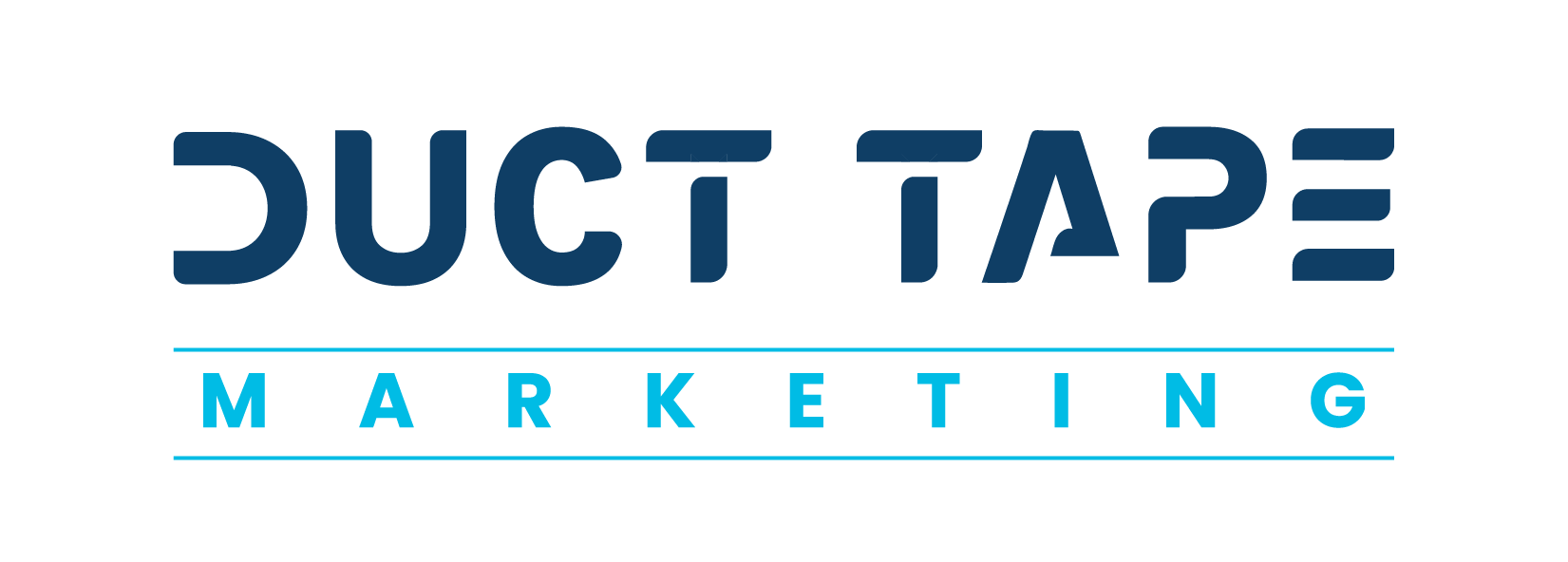
Just as the adage goes, brands are what people say they are. If you looked closely at giants like Starbucks and Whole Foods, you would notice that they have communities built around their brands.
The first community that you belong to professionally, is your work community. As entrepreneurs, business executives or marketing leads are you nurturing that community and giving it a voice?
If you aren’t, you are at a huge set–back. Read further to learn why. But first, let us explore a few platforms that could help you set up your employee advocacy program.
A set of employee advocacy platforms to help set–up your program
DrumUp Employee Advocacy Program
DrumUp’s gamified leader–board is great for employee engagement and motivation to share. In addition to letting you upload and store your promotional content, the platform also helps you source the latest industry content for sharing. Finally, the platform provides analytics to help your track employee engagement and engagement with the posts shared by them on social media.
Criculate.it is first one of the best ways to keep employees updated on developments in the company and the industry. Built on a newsletters model, the application lets you create and send daily newsletters to your employees with content that you want shared. From the newsletters, your employees can share that content on their social media accounts.
Integrated with LinkedIn’s primary networking platform, Elevate packs a powerful punch. The analytics it provides reaches beyond engagement to the actual business page visits that your employee advocacy program attracts. For content, Elevate relies on Pulse and Newsle, LinkedIn’s content publishing applications. Elevate also helps you source relevant content to share with your employees.
Kredible was built to maximize the credibility for an employee advocacy program. Attaching your LinkedIn accounts to Kredible allows the platform to calculate a ‘Kredible’ score and suggest changes for profile optimization. Once that is done, the platform suggests relevant content to be shared on social media and tracks the progress of your employee advocacy program.
Why every business needs an employee advocacy program
1. Social media platforms now feature ‘talking about this’ (TAT)
By enabling your employees to share brand communication on social media, you could be picked up as the hot topic of discussion by social media platforms–giving you additional exposure and the TAT status.
Psychologically, your audience is wired to be curious about and participate in conversations that are seemingly ‘hot’.
2. Social employee advocacy helps you break the ‘promotional’ barrier
As consumers, each of us can relate to promotional blind–sighting and would have ignored our share of promotional messages.
Employee advocacy is a great way to get past that barrier and reach out to your target audience. When Nielsen surveyed trust levels people had for various message bearers on social media, brand communication ranked low and direct social media connections ranked high.
Employee participation could help you influence buyers on social media
71% people are likely to buy based on social media recommendations. How much of that segment of the market are your reaching with your brand’s social media accounts?
Half, lesser?
Twitter runs about 500 million tweets each day, with your employees help you could expand your reach and influence by a substantial amount.
4. Content shared by employees comes off more human than when shared by companies
In 2014 humanized marketing began to rise as a successful way to really connect with an audience. Two years down the line and there’s no excuse for not adding the human touch to your marketing efforts.
However, it is tough to create that connect when writing for wide audiences on social media.
By encouraging employees to share content you are automatically adding that human element.
5. Employee advocacy is an excellent means to create brand awareness
Brand awareness is the ability of a person to recognize a brand and associate it with the products and services of that company. For instance, no–one says cola, they ask for Coke.
Referral programs are popular as methods of creating brand awareness (think DropBox), why not apply the same tactic to social media?
Considering the extra reach that social media advocacy earns you, this decision is a no–brainer.
6. Exposure for employees with unique opportunities to represent the company and build authority
Consistent social media activity opens up opportunities to participate in relevant and impactful conversations.
If the content you share as part of your program also includes industry news and insights, employees could expand their knowledge and build authority as experts in the industry.
Several companies have claimed that this particular development of the employee advocacy program is great for social selling because it gives potential customers direct access to representatives of the company.
7. Reach amplified by as much as 100X
Compare the reach of a company social media account with the reach that employees have when put together. It isn’t fair competition.
Even Adobe’s Twitter account, which has 460K odd followers pales in comparison to its employees’ performance in terms of revenue.
8. Employees’ involvement projects a likeable employer brand
Recruitment is a tough and demanding process for companies everywhere. The advantage is having employees who are active on social media. When employees consistently share content about their companies, there is a positive impact made on potential recruits.
Also, employee referrals are great for recruitment.
9. Engaged employees are more likely to stick around in a company
Employee advocacy also has positive effects internally. By engaging employees in a fun activity (gamified and with rewards), their retention rates are higher.
Considering the cost of replacing an employee, this benefit is a valuable addition to the other benefits of a successful employee advocacy program.
All it really takes is a well–placed content strategy and an enthusiastic team of employees to reach a wider audience and generate more leads. How long until you get started?
If you liked this post, check out our Small Business Guide to Social Media.
 Disha Dinesh is a Content Writer at Godot Media, a leading content agency. Her interests include social media and content marketing. When she’s not writing, she’s on the hunt for social media trends and inspiration.
Disha Dinesh is a Content Writer at Godot Media, a leading content agency. Her interests include social media and content marketing. When she’s not writing, she’s on the hunt for social media trends and inspiration.



